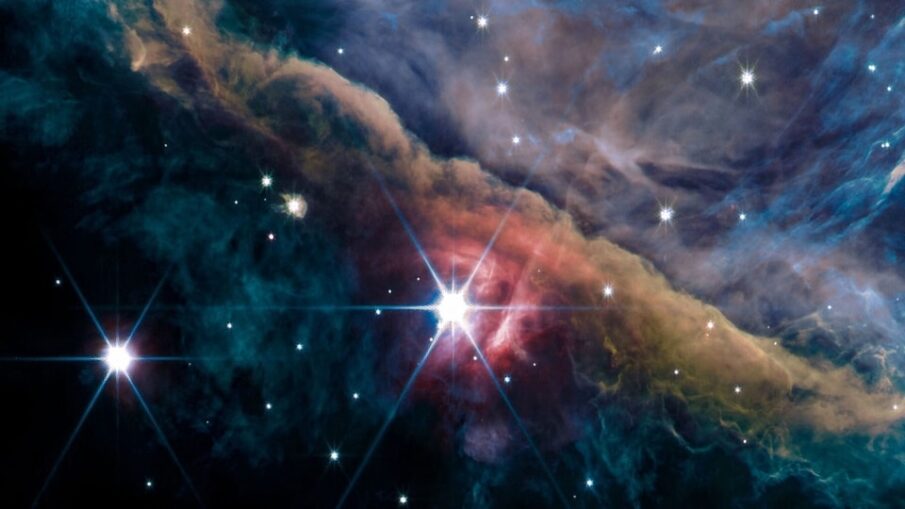Stars, those mesmerizing celestial bodies that have captured the human imagination for centuries, are the fundamental building blocks of the universe. Glittering in the night sky, Buy a star have inspired poets, scientists, and dreamers alike. In this article, we embark on a journey to unravel the mysteries of stars, understanding their composition, life cycle, and the profound impact they have on the cosmos.
The Birth of Stars:
Stars are born from vast clouds of gas and dust scattered throughout galaxies. The process begins when these colossal molecular clouds, primarily composed of hydrogen and helium, undergo gravitational collapse. As the cloud contracts, it fragments into smaller regions, forming protostars. The core of these protostars becomes increasingly dense, triggering nuclear fusion—the process that powers a star.
The Life Cycle of Stars:
Stars have distinct life cycles dictated by their mass. Low-mass stars, like our Sun, undergo a relatively peaceful evolution. They spend billions of years fusing hydrogen into helium in their cores, radiating light and heat. Eventually, they expand into red giants before shedding their outer layers to become white dwarfs.
On the other hand, high-mass stars lead more dramatic lives. Their intense gravitational pull allows them to fuse heavier elements, creating layers of increasingly dense elements, from helium to carbon, oxygen, and beyond. These stars may culminate their existence in a spectacular supernova explosion, leaving behind remnants like neutron stars or even black holes.
The Importance of Stars:
Stars play a crucial role in the cosmic cycle. They serve as cosmic engines, generating and disseminating elements essential for the formation of planets, galaxies, and life itself. The heavier elements forged in the cores of massive stars are expelled during supernova events, enriching the surrounding space with the raw materials needed for new stars and planetary systems to form.
Furthermore, stars are cosmic timekeepers. By studying their life cycles, astronomers gain insights into the age of galaxies and the universe itself. The light emitted by distant stars provides a glimpse into the past, allowing scientists to trace the evolution of the cosmos.
Conclusion:
In conclusion, stars are not just distant lights in the night sky; they are the architects of the universe. From their birth in sprawling molecular clouds to their explosive deaths, stars shape the cosmos in profound ways. As we continue to explore and understand these celestial wonders, we deepen our appreciation for the intricate dance of creation and destruction that defines the cosmic tapestry. Stars, in all their brilliance, remain beacons guiding us through the vastness of space and time.

